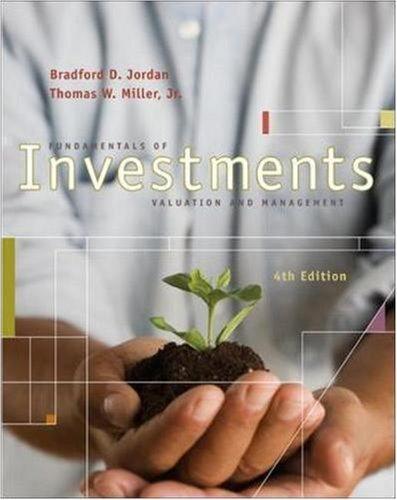Question
Revenue management (You will need to use SOLVER to analyze this problem. Because this problem is nonlinear, make sure you select GRG Nonlinear in the
Revenue management
(You will need to use SOLVER to analyze this problem. Because this problem is nonlinear, make sure you select GRG Nonlinear in the Select A Solver Method: box in the Solver Parameters screen.)
A retail store has purchased 8,000 toys during the holiday sales season. The selling season lasts four months. Customers buying early in the season are likely to be less price sensitive and those buying later in the season are likely to be more price sensitive.
The demand curves in each of the four months are forecast to be as follows: d1 = 3,000 - 10p1, d2 = 3,000 20p2, and d3 = 3,000 30p3, d4 = 3,000 40p4
Determine the price (p) if the department store decides to charge a fixed price over the entire season.
| 80 |
| 50 |
| 100 |
| 60 |
Determine the dynamic prices (p1, p2, p3, p4) if the department store wants dynamic prices that vary month by month.
(p1, p2, p3, p4)
| p1=150, p2=75, p3=50, p4=37.5 |
| p1=33.33, p2=60, p3=100, p4=20 |
| p1=100, p2=50, p3=33.3, p4=10 |
| p1=160, p2=85, p3=60, p4=47.5 |
(Now, assume we havent purchased any toys yet.)
Determine how many toys (q) to purchase at the beginning of the season to maximize profit (total revenue total cost) if each toy costs $40 and the store plans to charge dynamic prices.
| 2000 |
| 5000 |
| 3000 |
| 4000 |
Step by Step Solution
There are 3 Steps involved in it
Step: 1

Get Instant Access to Expert-Tailored Solutions
See step-by-step solutions with expert insights and AI powered tools for academic success
Step: 2

Step: 3

Ace Your Homework with AI
Get the answers you need in no time with our AI-driven, step-by-step assistance
Get Started


